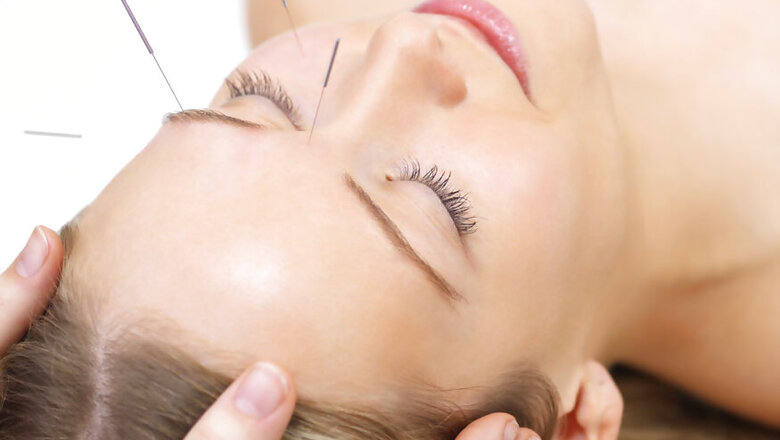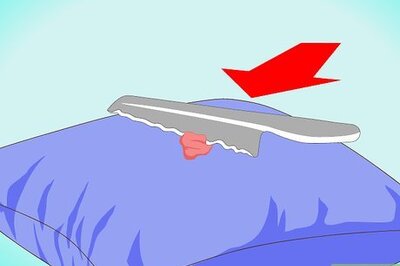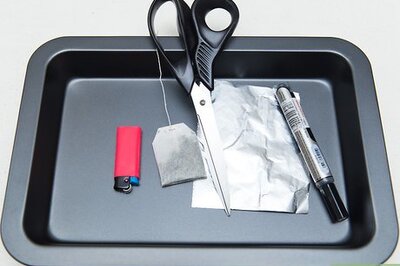
views
Devotees swear by acupuncture to treat a variety of health conditions, and now new US research appears to suggest a reason why the ancient Chinese treatment can be effective in easing pain.
Although the use of acupuncture to treat pain dates back to the earliest recorded history in China, centuries later it has still been unclear why the pratice has a positive effect on pain.
The results of recent studies have also been mixed, and while some have provided evidence for its pain-relieving effects others have showed that acupuncture has little or no effect on pain.
Dr Sheng-Xing Ma, who worked on the new research, said the confusing results have also led many to question whether the proper acupuncture methodologies were used.
For the new study, carried out by Dr Ma and researchers from LA BioMed, the team looked at two different methods of acupuncture on 25 men and women aged 18-60 years.
For the reinforcing method, the team gently inserted acupuncture needles into the skin and delicately twisted for two minutes or until they achieved a sensation of "de qi" -- a feeling of soreness, numbness, or pain.
The team then gently twisted the needles using a moderate speed for two minutes every five minutes for a total of 20 minutes.
Electrical heat was also applied for 20 minutes at the acupoints -- the areas where needles were inserted and manipulated.
For the second method, known as the reduction method, the needles were twisted rapidly and with great force.
The researchers found the first evidence to suggest that the proper use of acupuncture, either with the reinforcement method or with heat, led to elevated levels of nitric oxide in the skin at the acupoints.
It is these increased levels of nitric oxide which appear to be responsible for the pain-relieving effects of acupuncture, as well as making the skin feel warmer, as nitric oxide increases blood flow and encourages the body to release analgesic or sensitizing substances.
However, when using the reduction method they found that nitric oxide levels over the areas at the acupoints were reduced and resulted in the skin feeling colder not warmer.
Dr. Ma said the team will now continue to study the differences between the two methods to find out which is most effective at relieving pain and also for a better understanding of the cellular and molecular mechanisms involved.
The results can be found published online in the journal Evidence-based Complementary and Alternative Medicine.




















Comments
0 comment